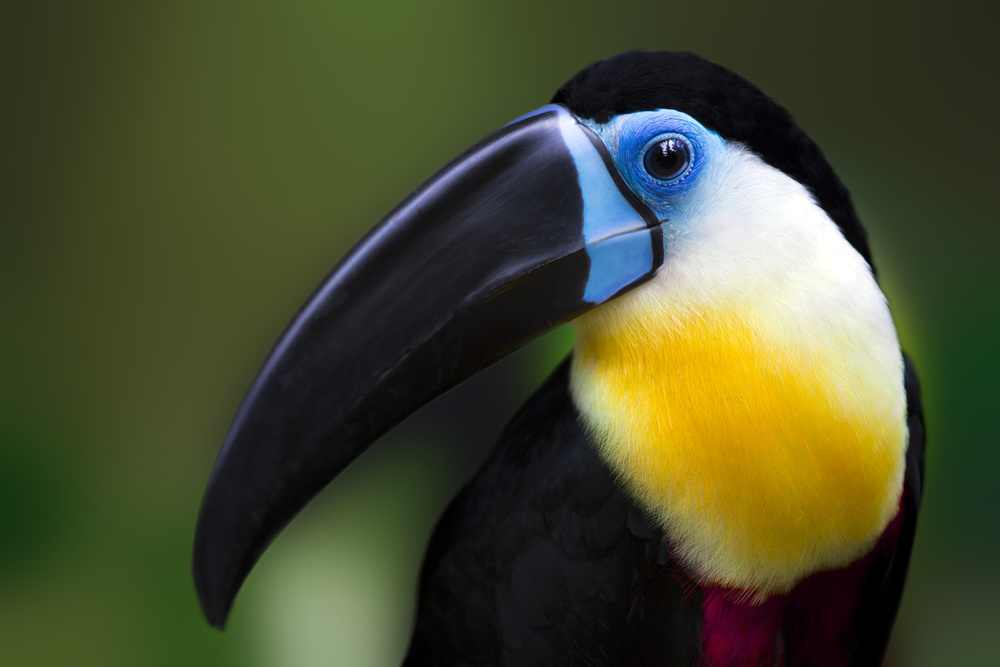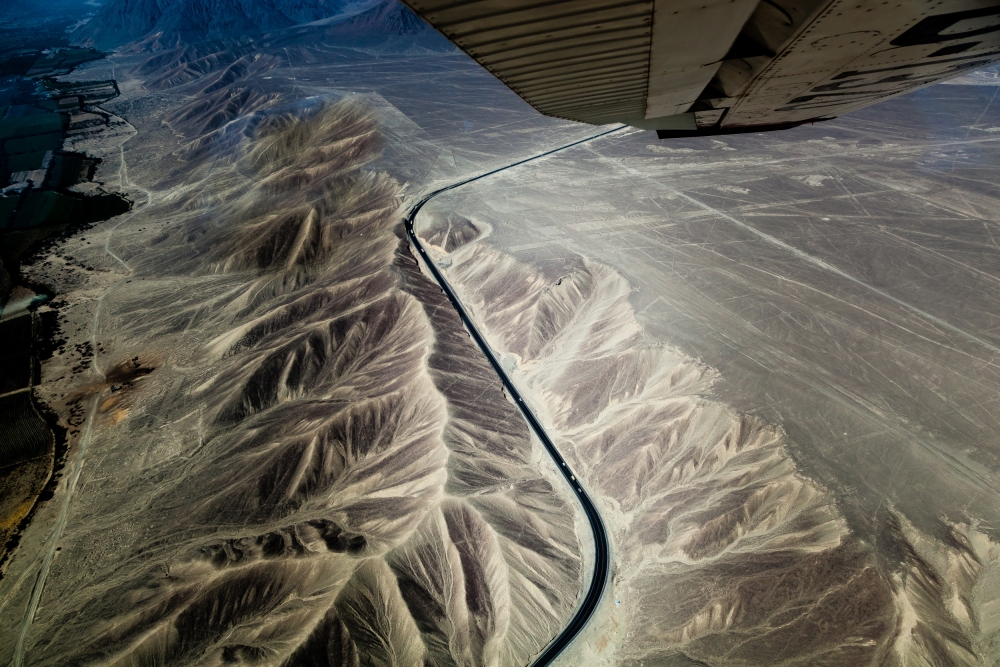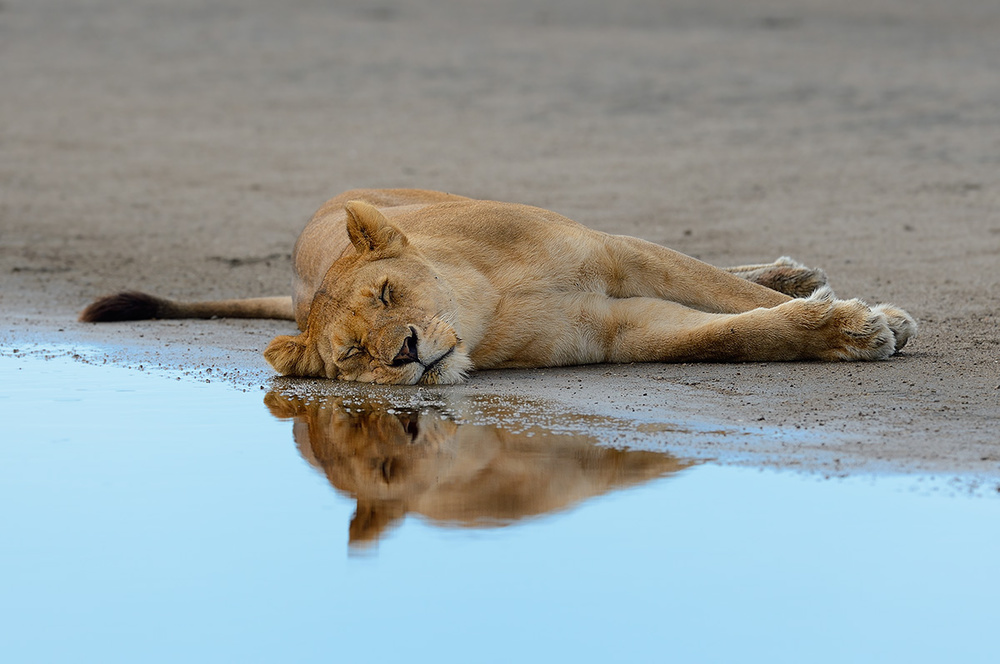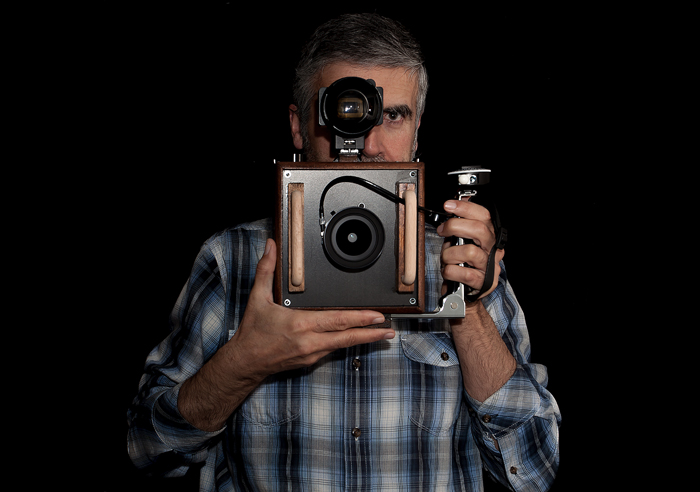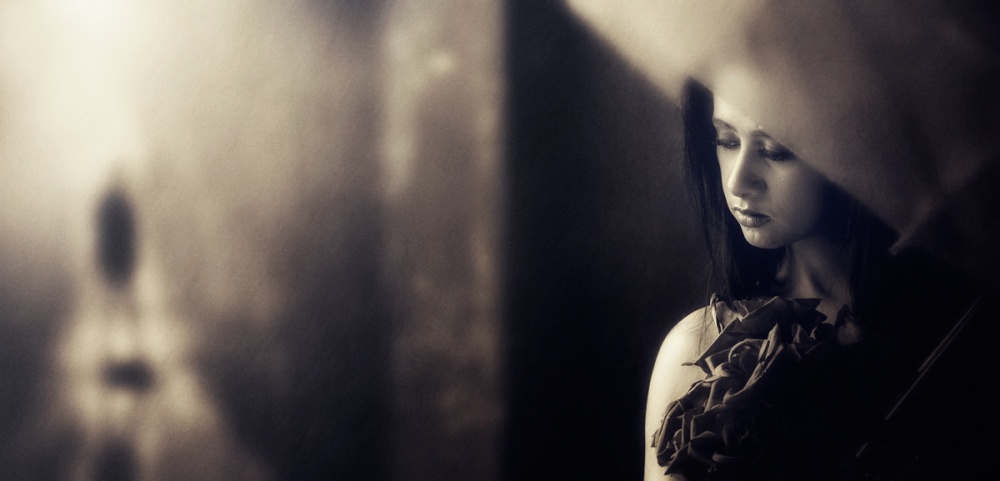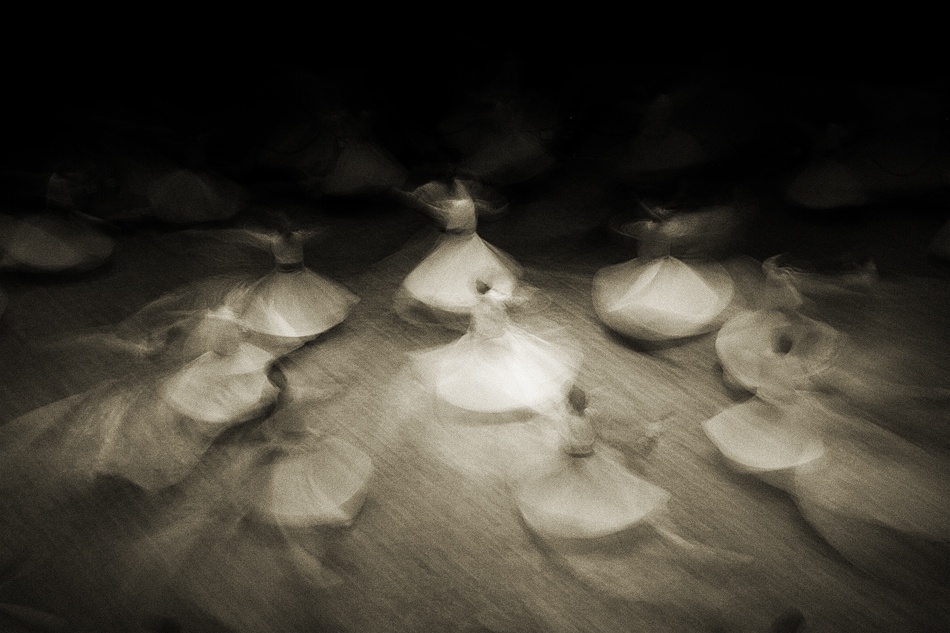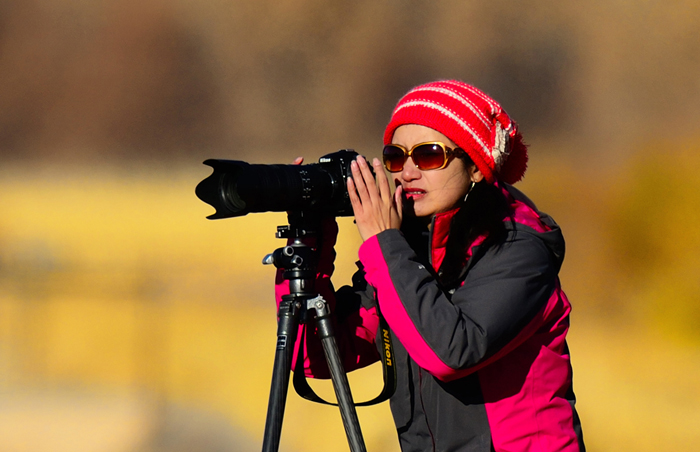Tips & Tricks
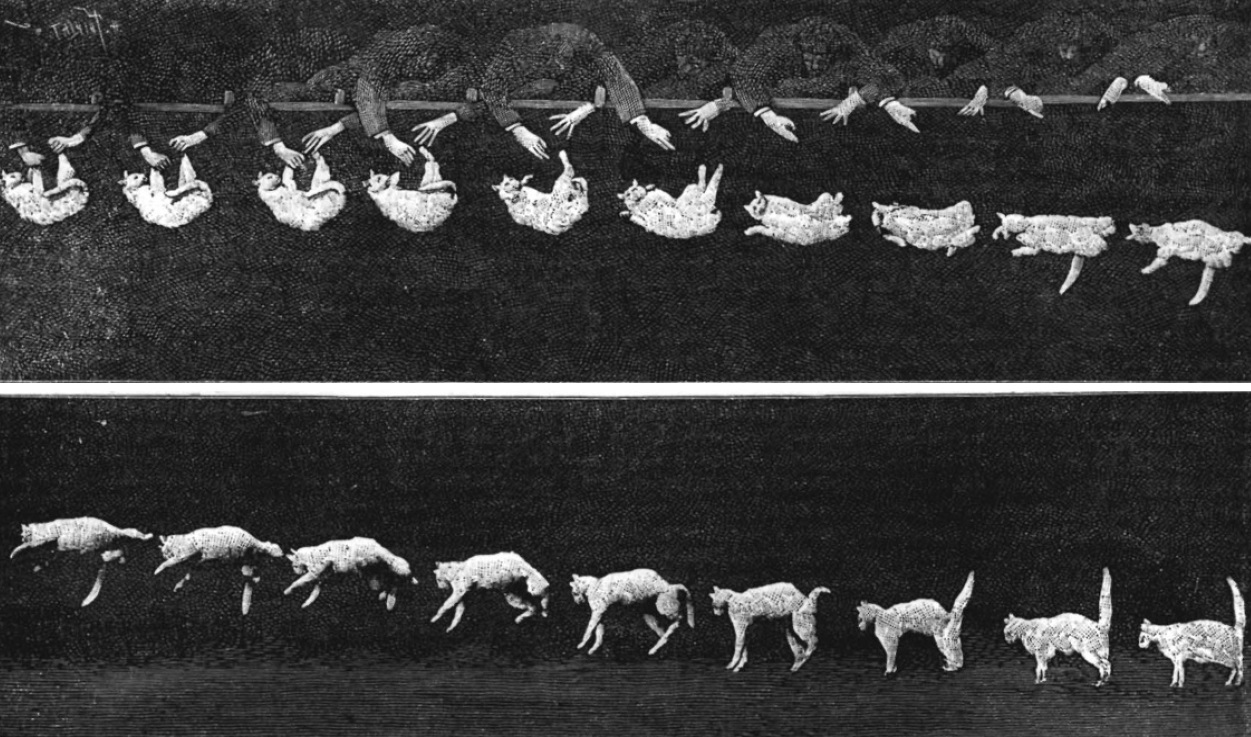
How the "Falling Cat Problem" Was Solved With a Camera Gun
Photography Talk Étienne-Jules Marey [Public domain], via Wikimedia Commons
Étienne-Jules Marey [Public domain], via Wikimedia Commons
The falling cat problem has plagued humankind for centuries.
How in the world do they always manage to land on their feet?
It's a complex process that involves a lot of physics, but ultimately, scientists were able to solve the falling cat problem long ago with the help of an unusual tool - a camera gun.
 James Clerk Maxwell, by George J. Stodart [Public domain], via Wikimedia Commons
James Clerk Maxwell, by George J. Stodart [Public domain], via Wikimedia Commons
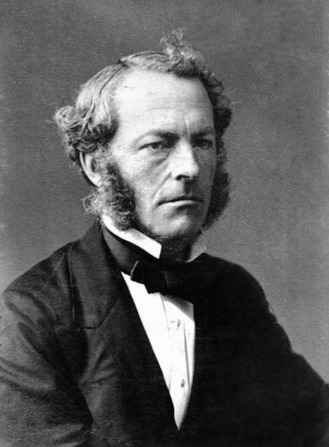 George Gabriel Stokes, Public domain, via Wikimedia Commons
George Gabriel Stokes, Public domain, via Wikimedia Commons
The first known scientific exploration of the falling cat problem occurred in the 19th Century when physicists James Clerk Maxwell and George Gabriel Stokes (shown above) undertook their studies by throwing cats out of a window.
Though it sounds cruel, their intentions were pure - they merely wanted to learn how the cat turned itself rightside up without violating the conservation of angular momentum, which states:
The law of conservation of angular momentum states that when no external torque acts on an object, no change of angular momentum will occur.
In the 19th Century, it was assumed that the falling cats were pushing themselves off somehow from the hand of the person responsible for dropping them.
That push off then allowed the cat to turn its body in midair, thus landing on its feet without violating the conservation of angular momentum.
The problem was that there was really no way to observe whether this push off was occurring or not.
However, right around the time that Maxwell and Stokes were throwing cats out their windows to study this phenomenon, Étienne-Jules Marey was perfecting the first high-speed camera to capture the process on film.
 Étienne-Jules Marey [Public domain], via Wikimedia Commons
Étienne-Jules Marey [Public domain], via Wikimedia Commons
As you can see in the sequence of images above, Maxwell and Stokes' theory was incorrect - the cat didn't push off and there was no rotation at the outset to right itself.
It would be decades before this photographic evidence helped physicists to finally figure out how cats land on their feet.
The answer is incredibly complex, but the short version is that cats are capable of keeping angular momentum at zero by bending their bodies in half. This allows them to twist their upper half and lower half on two separate axes that when combined, help cancel out the rotation of their body as a whole. This principle is shown in the GIF below:
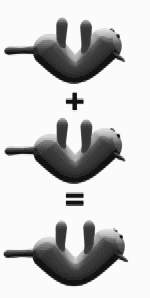 By Eyytee (Own work) [CC BY-SA 3.0 (https://creativecommons.org/licenses/by-sa/3.0)], via Wikimedia Commons
By Eyytee (Own work) [CC BY-SA 3.0 (https://creativecommons.org/licenses/by-sa/3.0)], via Wikimedia Commons
Of course, I'm no physicist and this is a photography website, so as awesome as the science is behind the falling cat problem, what interests me more is the camera that was used to shed light on the problem in the first place.
Marey didn't just photograph falling cats with any old camera.
Instead, he used a custom-built chronophotographic gun (shown below) that could capture 12 frames per second.
If you think about it, that's an astonishing feat given that he designed the camera way back in 1882. You have to buy a top-end full frame DSLRs today to get that kind of frame rate.
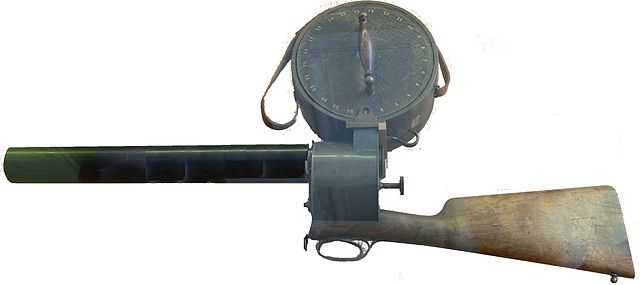 By David Monniaux (Own work) [GFDL (http://www.gnu.org/copyleft/fdl.html), CC-BY-SA-3.0 (http://creativecommons.org/licenses/by-sa/3.0/) or CC BY-SA 2.0 fr (https://creativecommons.org/licenses/by-sa/2.0/fr/deed.en)], via Wikimedia Commons
By David Monniaux (Own work) [GFDL (http://www.gnu.org/copyleft/fdl.html), CC-BY-SA-3.0 (http://creativecommons.org/licenses/by-sa/3.0/) or CC BY-SA 2.0 fr (https://creativecommons.org/licenses/by-sa/2.0/fr/deed.en)], via Wikimedia Commons
Even more interesting, Marey's chronophotographic gun recorded each frame of the high-speed sequence all in the same photo.
That means that the sequence of the cat falling shown above is a single photographic print.
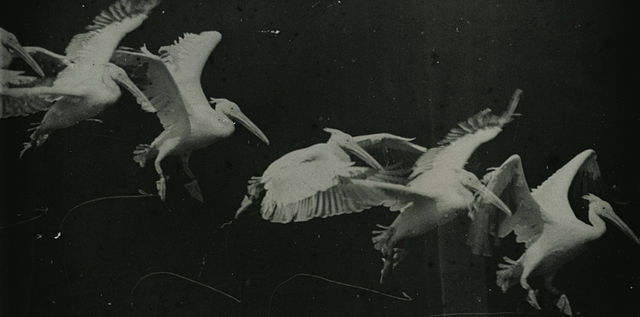 Étienne-Jules Marey [Public domain], via Wikimedia Commons
Étienne-Jules Marey [Public domain], via Wikimedia Commons
The crazy-looking camera wasn't just used to study cats, either. Marey used it to photograph horses, sheep, elephants, fish, insects, and various other animals, like the pelican shown above.
In fact, his studies of chickens and dogs revealed that those animals also perform similar mid-air feats to try to right themselves and land on their feet. Of course, they aren't quite as adept at doing so as cats.
Fortunately for us modern photographers, we have all sorts of cameras for still photos and videos that allow us to study the falling cat problem in even more detail.
To get a modern look at this problem and a detailed explanation as to how cats actually perform their midair feat, check out the video above by Smarter Every Day.
Via Huffington Post, Washington Post, and Wikipedia











